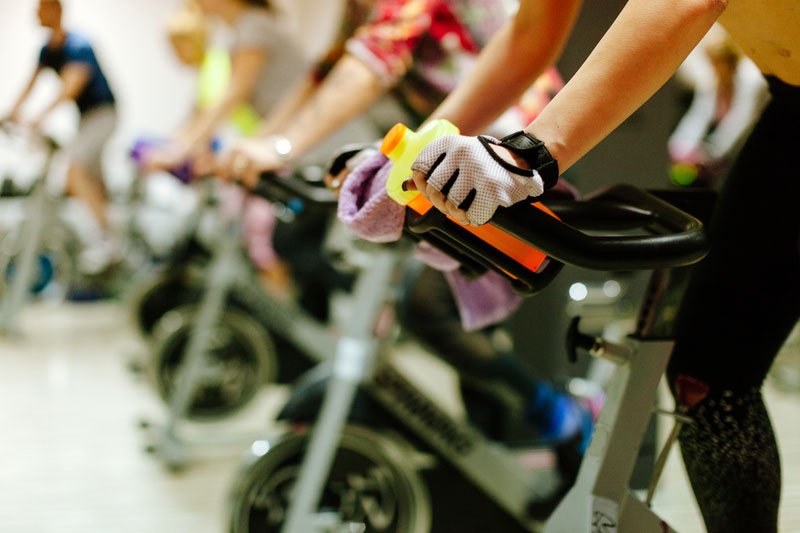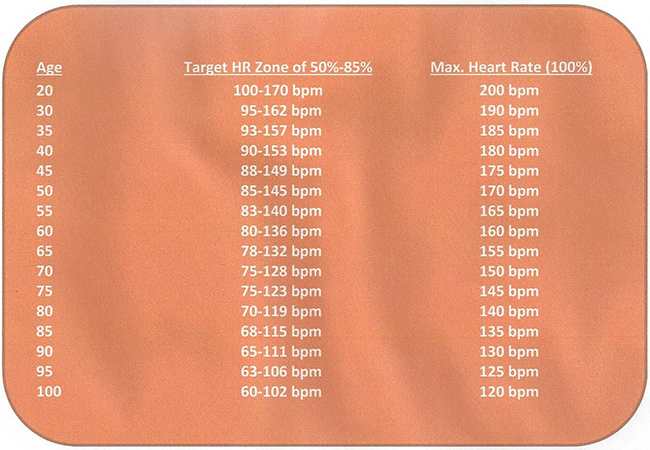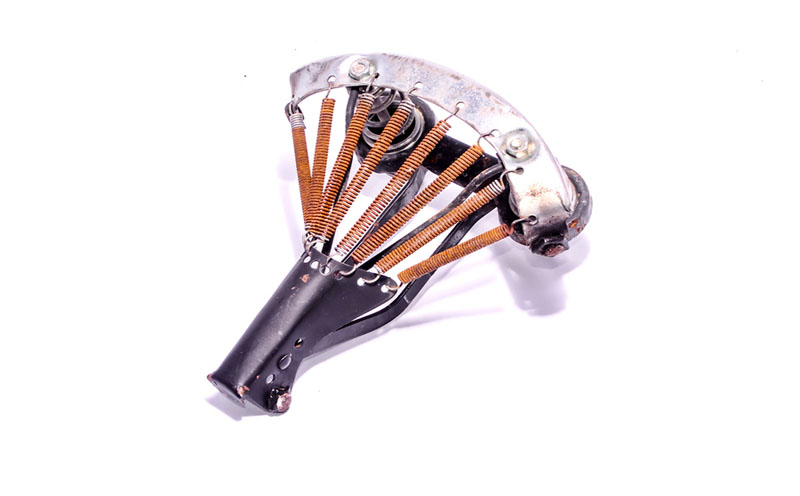Cardio Endurance -- Aerobic Capacity

Cardio endurance and aerobic capacity are components of fitness. As with all components of fitness, deficiency in this area is a serious matter because cardiovascular disease is the number one cause of death in the United States.
Both cardio and aerobic exercise require an elevated heart
rate and oxygen intake. Therefore, the
words ‘cardio’ and ‘aerobic’ are interchangeable during this discussion.
Examples of aerobic exercise include: running, swimming, cycling, kickboxing, skiing, rowing, and tennis.
The Health Benefits Of Aerobic Exercise
- Better memory and brain function – a University of Miami study found that adults who were less active displayed 10 extra years of brain aging than those who were active. Training at moderate to high-intensity showed substantially less decline over five years than the rest of the participants in that study.
- Improves symptoms of depression
- Strengthens the heart and lungs
- Lowers cholesterol
- Reduces risk of type 2 diabetes
- Improves immune function
- Lowers blood pressure
- Helps reduce body fat – burns more calories by elevating the metabolism
- Tones muscles
- Improves posture
- Increases stamina
- Improves sleep
- Reduces stress
Exercise at Your Target Heart Rate for Greater Cardio Endurance
Your heart rate is an indication of the degree of exertion you are making.
In order to gain the most benefit from aerobic exercise, it is important to exercise within your target heart rate zone, which is 50% - 85% of your maximum heart rate.
Maximum heart rate is determined by subtracting your age from 220.
Although we know that any level of physical activity is beneficial for your body, some physical activities are simply not enough to reach your goals. Counting steps is a current exercise fad. There are approximately 4,224 steps in one mile. But, what is that doing for your heart, lungs, arms, back, chest, and shoulders? Not much -- that is, unless you are walking that mile up and down hills at a pace that elevates your heart until it is within your target heart rate zone. Then, that mile will not only take less of your time, it benefits your heart, and lungs.
Heart Rate During Exercise -- Do You Know How to Measure Your Aerobic Heart Rate?
Either buy a heart-rate monitor, or save some money and measure it yourself. If you choose the latter, you can do the calculation yourself and refer to a heart rate chart (below).
Use the tips of two fingers to press very lightly over the side of your neck just under the jaw. You will know where that is when you can feel your pulse. Count for six seconds and add a zero. For example: a pulse count of 13 in six seconds will equal 130 beats per minute.
Heart Rate Chart

More Topics That May Interest You
Some of the advertisers on my website are affiliate partners, which means that I may receive a small commission from any sale, at no extra cost to you. For example, as an Amazon Associate I earn a small commission from qualifying purchases.
Your purchases help to support this free-information website. Thank you.
The content of this website is for informational purposes only and not intended to be taken as a replacement for professional medical advice, care, diagnosis or treatment by a doctor, dietitian, physical therapist, nutritionist or fitness instructor.
DO NOT BEGIN ANY EXERCISE PROGRAM WITHOUT CHECKING WITH YOUR DOCTOR FOR UNDERLYING CONDITIONS THAT MAY PREVENT YOU FROM DOING SO.







